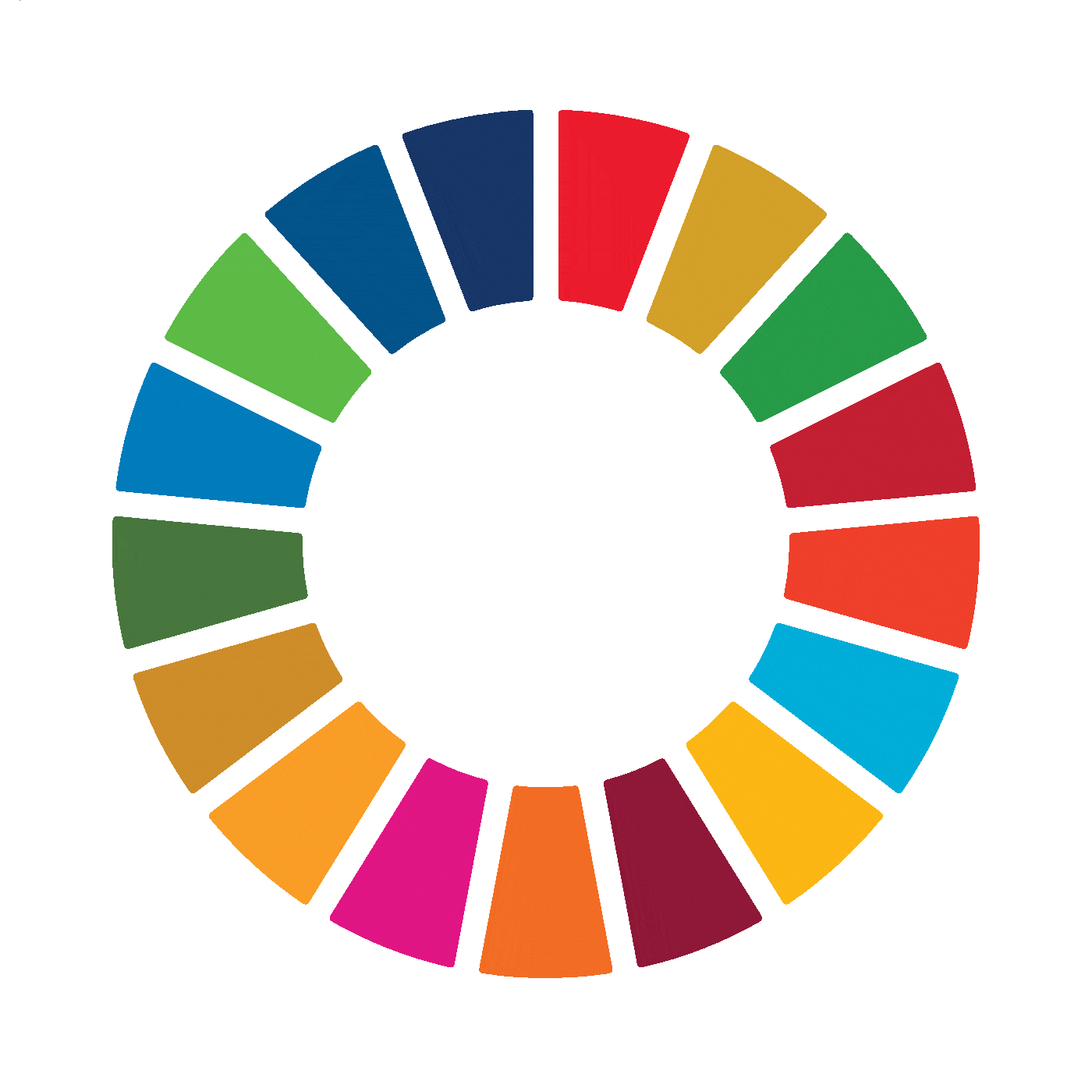SDG 2: Zero HungerBEYOND HUNGER
Understanding the Hidden Dimensions of Food Insecurity
What if hunger
was more than
empty plates?
Why Beyond Hunger?
Hunger is more than the absence of food. It is a structural challenge that touches every aspect of human life. It affects health, education, stability, and development.
When we talk about hunger, we must go beyond empty plates and address the systemic barriers that keep millions from accessing safe, sufficient, and nutritious food.

Over 735 million people faced chronic hunger in 2023.
2.4 billion people
lacked
regular access to adequate food.
1 out of 10 people in the world go hungry.
Food insecurity is rising in both conflict zones and stable economies, proving it is not only a problem
of war or displacement, but also of inequality and affordability.
4 in 10 people cannot afford a healthy diet.
Beyond Calories: Malnutrition in All Its Forms
-
STUNTING AND WASTING CHILDREN.
-
HIDDEN HUNGER, ESPECIALLY IRON, VITAMIN A, IODINE.
-
NOW AFFECTING OVER 1 MILLION PEOPLE WORLDWIDE, OFTEN IN THE SAME COUNTRIES WHERE UNDERNUTRITION PERSISTS.
The Cost of Inaction
Food insecurity drives cycles of poverty and instability.
-
HIGHER RATES OF DISEASE, MATERNAL MORTALITY, AND LIFELONG COGNITIVE IMPACTS.
-
CHILDREN WHO GO TO SCHOOL HUNGRY STRUGGLE TO LEARN.
-
UNDERNUTRITION REDUCES NATIONAL GDP BY UP TO 3% ANNUALLY.
-
FOOD INSECURITY FUELS MIGRATION, DISPLACEMENT, AND CONFLICT OVER RESOURCES.



